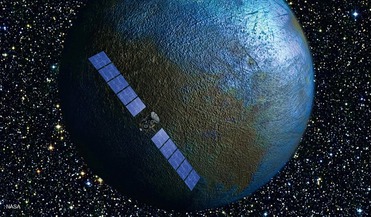 March 2015
Dawn of ion propulsion
March 2015
Dawn of ion propulsion
... has completed its repetitive loops around the sun more than seven times, its ambassador to the cosmos has had a much more varied itinerary. It has spent most of its time in space reshaping its orbit...
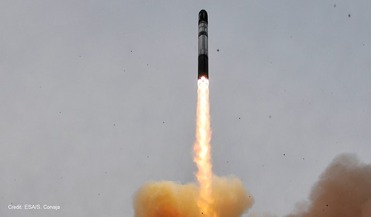 October 2015
Russian business: a long road to the stars for private space initiative
October 2015
Russian business: a long road to the stars for private space initiative
.... There is also another interesting Russian space enthusiast group, Tvoi Sektor Cosmosa (literally: Your Sector of the Cosmos), headed by former Dauria chief engineer Prof Alexander Shayenko. Tvoi Sektor is currently at work on the Mayak satellite...
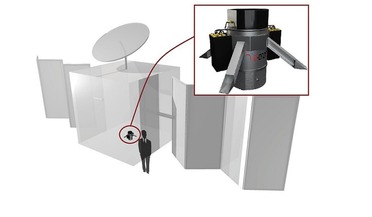 October 2015
Down to Earth: how to deorbit satellites and save money
October 2015
Down to Earth: how to deorbit satellites and save money
...debris colliding with a satellite could damage it or worse, as happened in 2009 when a defunct Russian satellite, Cosmos, destroyed an operational Iridium satellite. Today, satellite operators sacrifice propellant — and therefore the satellite’s life...
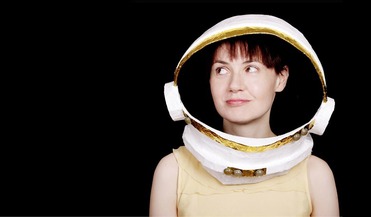 March 2016
Space Oddities: The Problem with Imagination
March 2016
Space Oddities: The Problem with Imagination
... by the lack of imagination around them. Veterok and Ugolyok, launched into space on 22 February 1966 aboard the Cosmos-110 biosatellite, pictured at the Institute of Medical and Biological Problems, USSR Ministry of Health As she says: “I always...
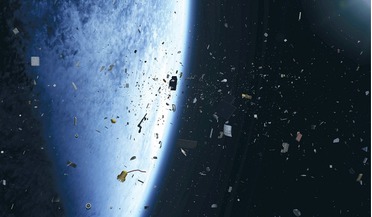 March 2016
Space debris conundrum for international law makers
March 2016
Space debris conundrum for international law makers
... train of debris created by the February 2009 collision between the commercial satellite Iridium-33 the Russian satellite Cosmos-2251; in September 2013, the US Air Force reported the Cubesat had passed less than 75 m away from...
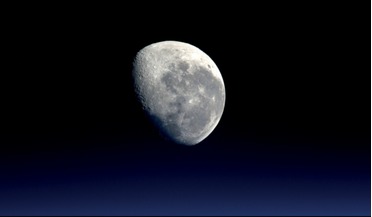 September 2016
Transforming US space policy
September 2016
Transforming US space policy
... Earth orbit will continue to grow due to collisions, even if nothing new is launched. Catastrophic collisions such as Iridium 33-Cosmos 2251 will occur every five to nine years. Each such collision will create thousands of pieces of debris...